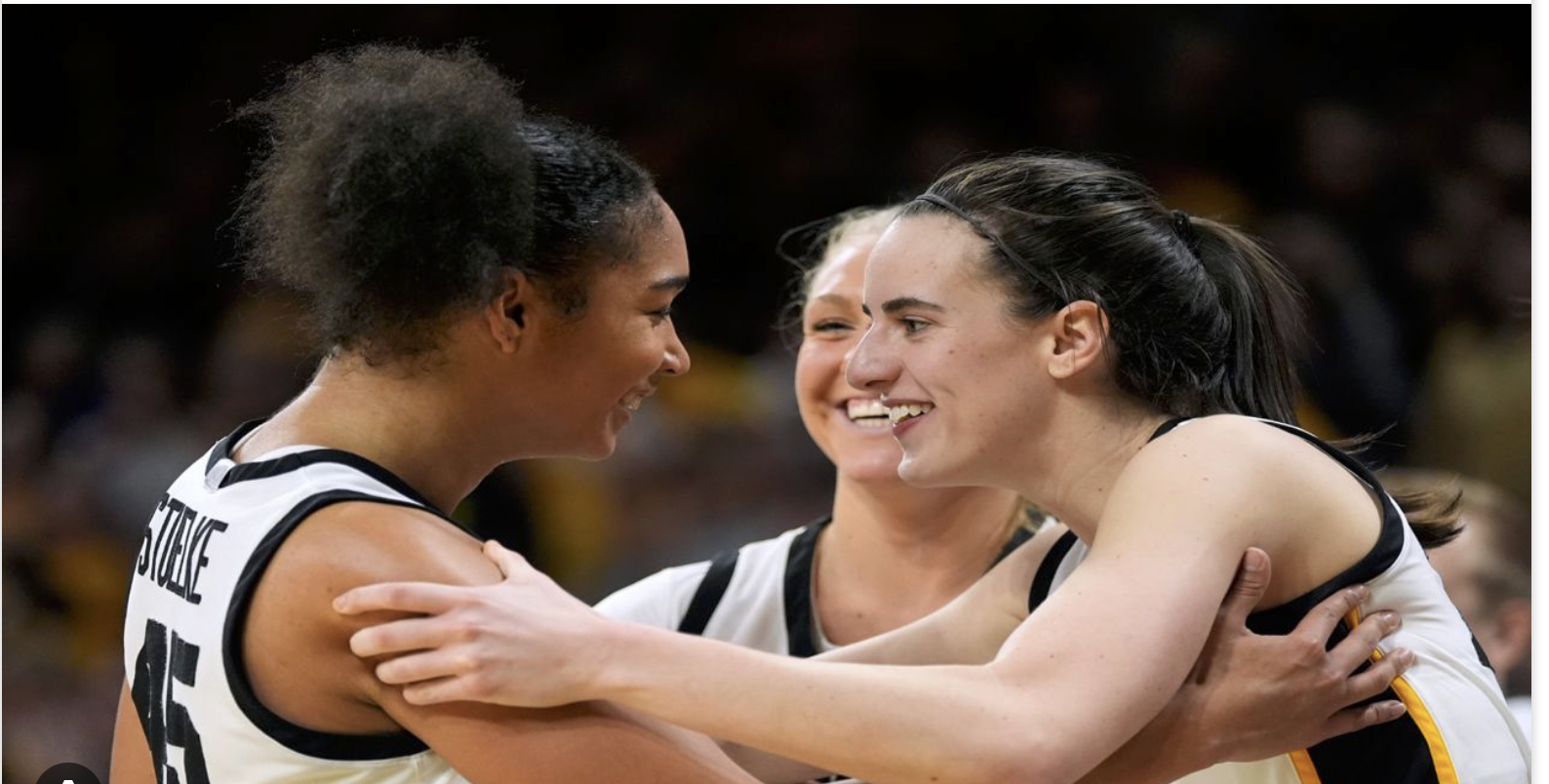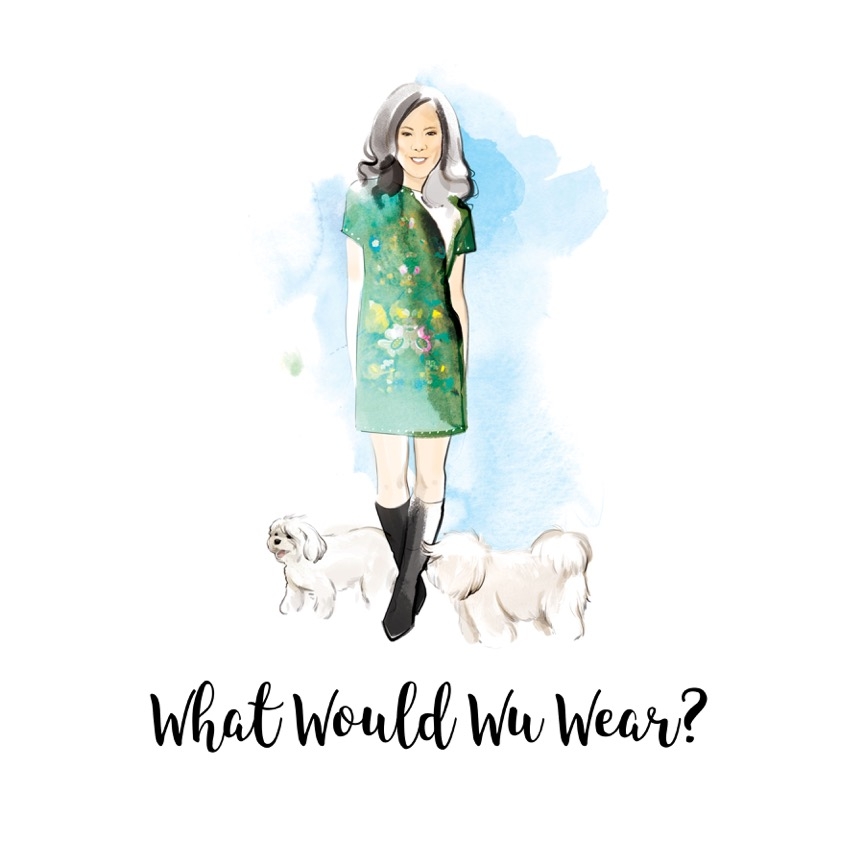The Pure Joy of Women's Basketball: From Caitlin Clark's Magic to Moms on Charter Flights

This week kicks off the WNBA season, an event that I — and most Americans — typically pay little attention to. But 2024 is different.
I've always enjoyed basketball, but women’s basketball, especially the WNBA, has always been a bit of an afterthought. Of course, some of that is because the media and the sports industry as a whole treat women’s sports as an awkward stepchild and frequent butt of jokes.
That all changed this year, and it’s mostly because of Caitlin Clark. Yes, I’m not embarrassed to admit I’ve jumped on the Caitlin bandwagon. She is a sight to behold on the court and an overall good sport. Wherever her Iowa Hawkeyes played, stadiums sold out, and people came from miles around to catch a glimpse of this once-in-a-generation talent.
Seeing all the little girls waiting to get her autograph, my heart nearly burst.
Because of all the eyes she brought to the 2024 NCAA women’s championship, the women she played against also got a well-deserved visibility boost. Now, players like Angel Reese, Kamilla Cardoso, and Cameron Brink have new fans they might not have had otherwise.
All that attention meant that the WNBA draft was, for the first time, televised on ESPN — bringing yet more star power to the phenomenal players now in the WNBA.
There’s something so gratifying about watching a women’s game. The camaraderie, the support for teammates and even opponents, the sportsmanship — there’s just a different tenor than at men’s games. Even recent news coverage about the league’s decision to book charter flights instead of having players fly commercial focused on how it would make life easier for the moms in the league.
I don’t hear much about parenting in coverage of male athletes.
My local WNBA team, the Dallas Wings, has sold out of its season ticket packages for the first time. Resale tickets to its games against the Indiana Fever—which selected Clark as its number one draft pick—are in the $500-$1,000 range.
The WNBA, founded in 1997, pales in comparison to the NBA, both in size and profitability. That also means their players make a tiny fraction of what NBA players make. Sponsorships bring their highest-profile players additional funds, but rank-and-file WNBA rookies who don’t have outside deals will be making $76,000,versus $1.1 million for rookie NBA players.
It will take years, perhaps decades, for the WNBA to reach the level of attention and profitability the NBA has — if indeed that ever happens. It’s been more than 50 years since tennis’ Original Nine started their own tour to protest the pay gap in their sport, and we’re only now seeing that gap start to close. Sexism and misogyny have deep roots, regardless of talent and fan support.
But I plan to do my part to help the WNBA leverage their current moment in the sun into long-term success. I’ve bought tickets to their games and purchased some Wings apparel, and I’ll be even more committed in 2026, when the team moves to downtown Dallas from suburban Arlington. (That drive to Arlington is a beast in Dallas rush hour traffic.)
The WNBA is on the cusp of something truly special, and I'm buckling up for the ride. This is just the beginning.
#OnlyJoy
